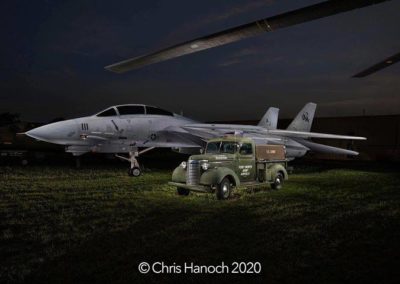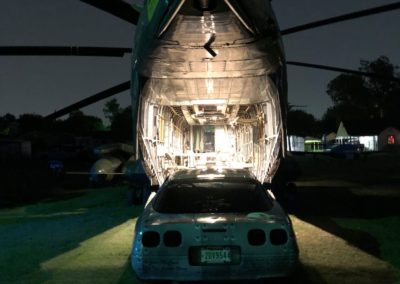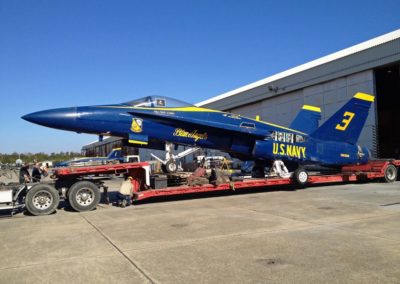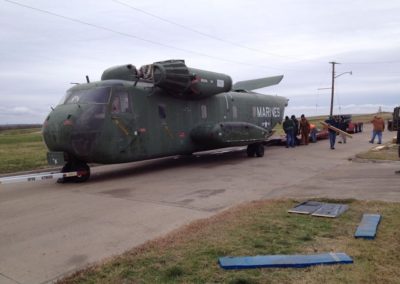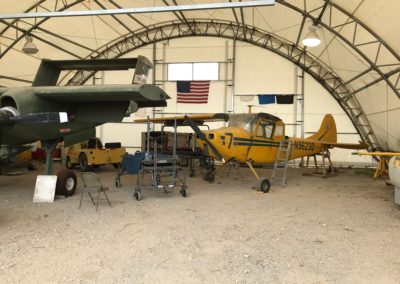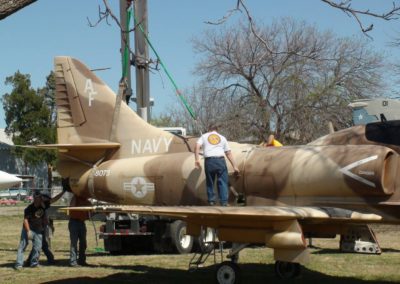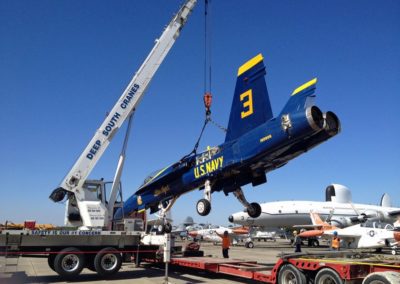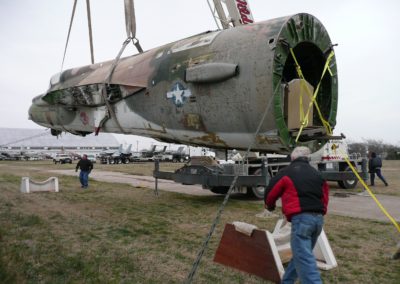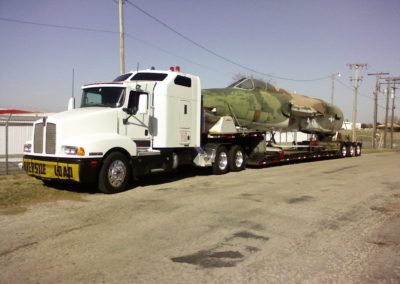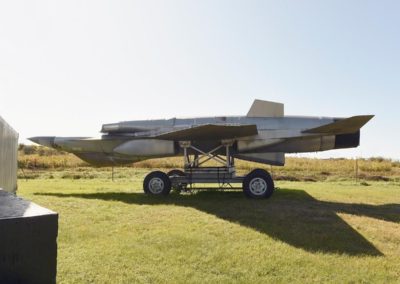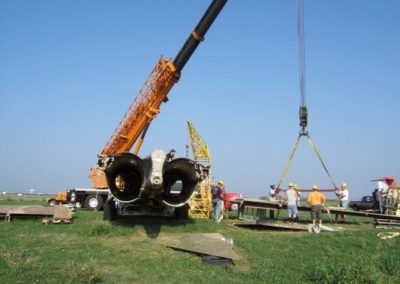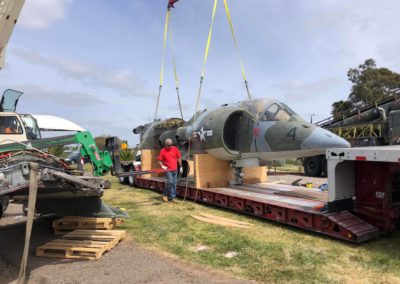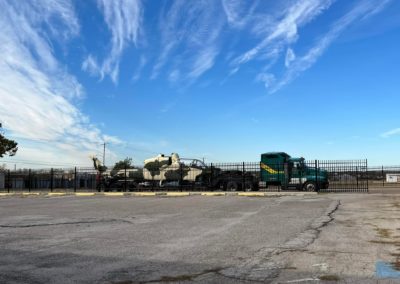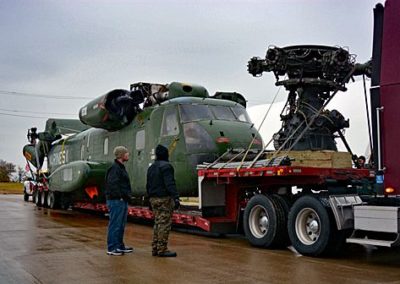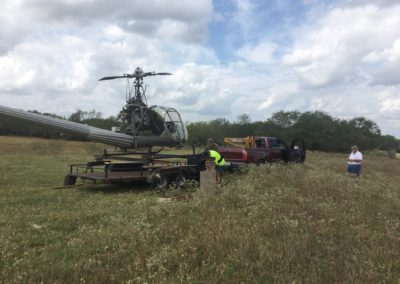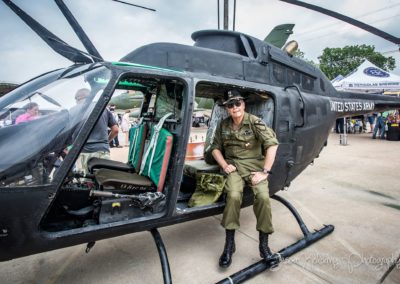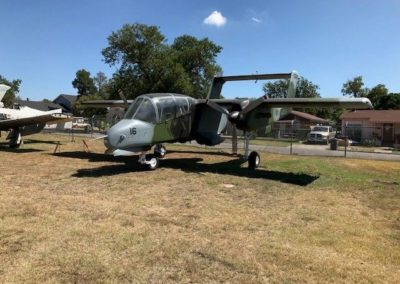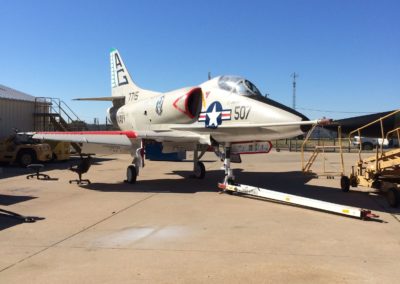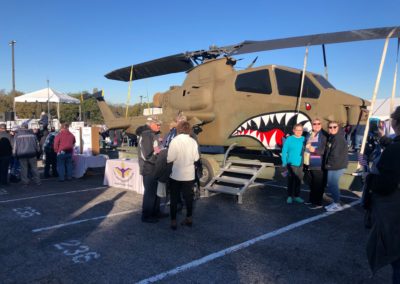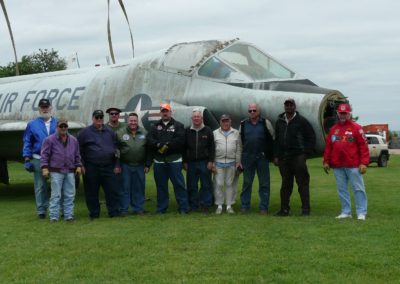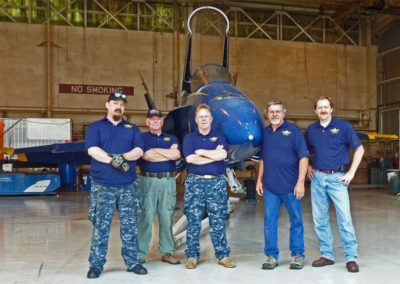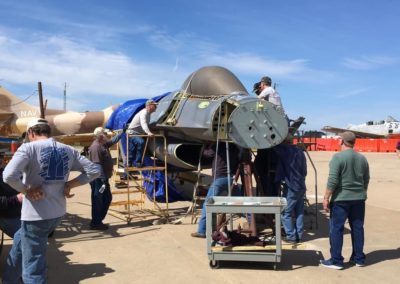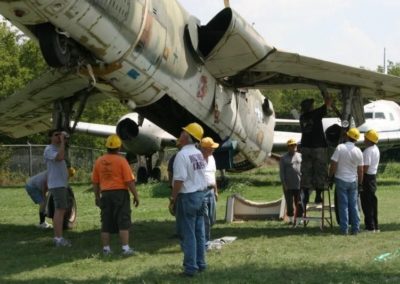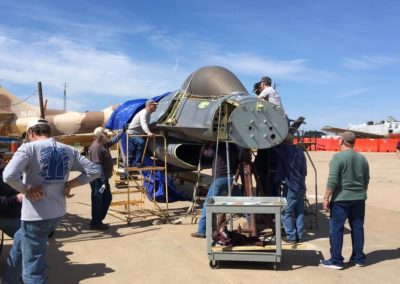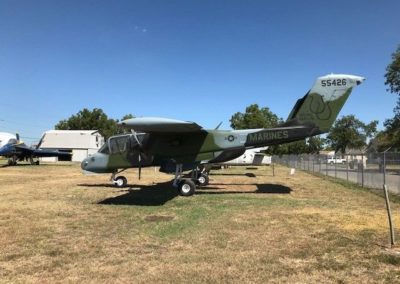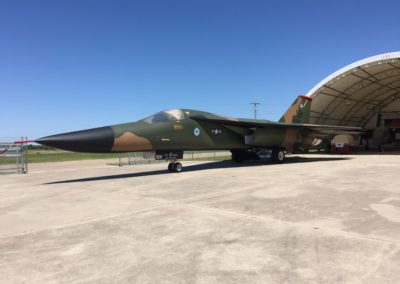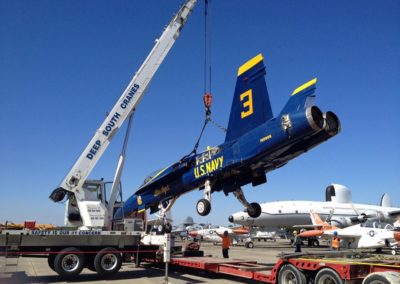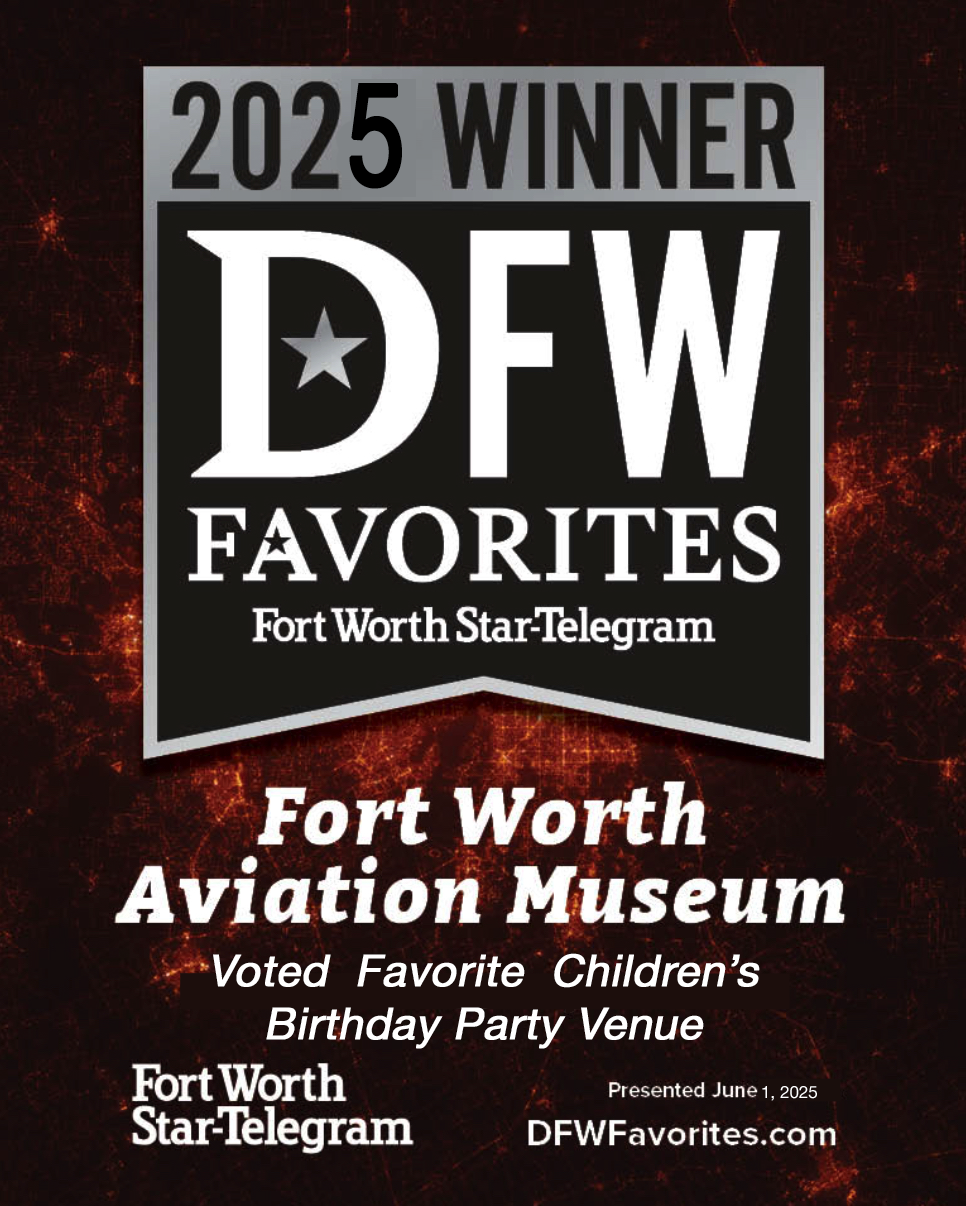most touchable warbirds in north texas
Restoration
Giving wings to youth and community through our aviation roots. We preserve, inspire, and educate.
OUR VISION
Aircraft acquisition at the FWAM museum starts with our collection policy. When a potential aircraft acquisition is brought to our attention, we look to our collection policy to determine the aircraft’s suitability for addition to the collection.
Restoration
Aircraft acquisition at the FWAM museum starts with our collection policy. When a potential aircraft acquisition is brought to our attention, we look to our collection policy to determine the aircraft’s suitability for addition to the collection. If an aircraft meets the collection policy, we can start to consider leading up to restoration in the maintenance of the airframes. The key to a successful acquisition is planning. All aspects of acquiring an aircraft have cost considerations that need to be determined and funded before any action items occur. We move through project planning, fundraising, and finally, we schedule and execute delivery. Each aircraft is different, but we have found this process to work for us over the years.
Collection Policy
Direct aircraft acquisition will always be preferred to receiving aircraft on loan.
To be considered for inclusion in the airpark, candidate aircraft will have to meet at least two of the three following categories.
- Aircraft built, modified, or flown in the North Texas region.
- Aircraft used in the Forward Air Control mission or use controlled by Forward Air Controllers.
- Aircraft with significant historical backgrounds or attributes.
If an aircraft meets the collection policy, we can start to consider leading up to restoration in the maintenance of the airframes. The key to a successful acquisition is planning, planning, planning.
All aspects of acquiring an aircraft have cost considerations that need to be determined and funded before any action items occur.
Aircraft Acquisition Planning Consideration
Acquisition/Transfer of Custody: Aircraft become available through several sources, the military, government programs, private ownership, trades. Each of these has a cost to be considered.
Military loans are essentially free but require the execution of a transfer document that outlines our duties and responsibilities.
Government programs like the GSA’s Government Surplus Properties Progam charge a transfer fee based on the value of the object, usually $5,000 to $10,000. This does not transfer ownership directly. In some cases, aircraft will become the museum’s property after a period of time, and others will be a perpetual loan.
Acquisition from private ownership or trades can have a cost associated with the transaction and must be considered part of the overall cost.
Recovery & Transportation
Cost in this area can vary widely, so a detailed project study must be done.
A site visit to physically look at the aircraft to determine its condition and recovery considerations are necessary. Photographs or statements of the condition have tricked us. By making a site visit, surprises can be minimized. In addition, an assessment of what tools, equipment, personnel, housing, and per diem can be more accurately determined.
The scope of work can also be estimated during a site visit. For instance, how much of the aircraft will need to be dismantled, and how will the pieces he handled, forklifts or cranes?
Transportation of the item is a crucial consideration. What is the best way to transport the item, truck, train, boat, aircraft? This will answer questions like, can it be flown? If transported by ground, other considerations are how many truckloads will be needed, and wide load vs. standard load issues must be considered.
Project Planning
This aspect of the acquisition is where detail is put into the project. Using the information gathered, the museum restoration crews can estimate the number of people needed to do the job, what tools and equipment will be required, the time of year for the best outcome, how it will be staffed, and what will be needed to restore the aircraft to its desired condition and livery that will be applied during the restoration.
How will the aircraft be handled on jacks or wheels at the museum? For instance, will the plane need missing parts, or will the museum fabricate parts? Preparing the surface for painting must be considered. Ill it requires paint removal to bare metal or just a surface cleaning?
In addition to the restoration costs, the museum tries to add a maintenance cost to the project to provide funds for future upkeep and conservation. These items must be considered to determine how much the project will cost. Restoration never ends.
Fundraising
We have had great success in soliciting funds from what we call “affinity groups.” These are the people most closely associated with an aircraft, an association, former crew members, branch of service, etc. After that, funding tends to come from the general public, veterans, and enthusiasts.
Staffing & Execution
Next, we establish a date for the recovery and staff the crew needed for the project. Sometimes, people in the aircraft location will join us; other times, our team will travel to the site.
Scheduling the hotels, equipment requirements, and the like are all part of this aspect.
The project leader will communicate at least daily on the progress and needs of the “away team.” The “home team” maintains an overwatch to be ready to respond to the needs and questions of the “away team.”
Recovery & Restoration
Planning and scheduling for the aircraft’s arrival need careful planning to know the routes and lifting requirements ahead of time. Then comes the evaluation of the plane and queuing it for whatever is required, plus a plan for the future.
Each aircraft is different, but we have found this process to work for us over the years.
Events
Events
OUR HOURS
Wednesday: 9AM-1PM
Thursday: 9AM-1PM
Friday: 9AM-1PM
Saturday: 9AM-4PM
Sunday: 11AM-3PM
